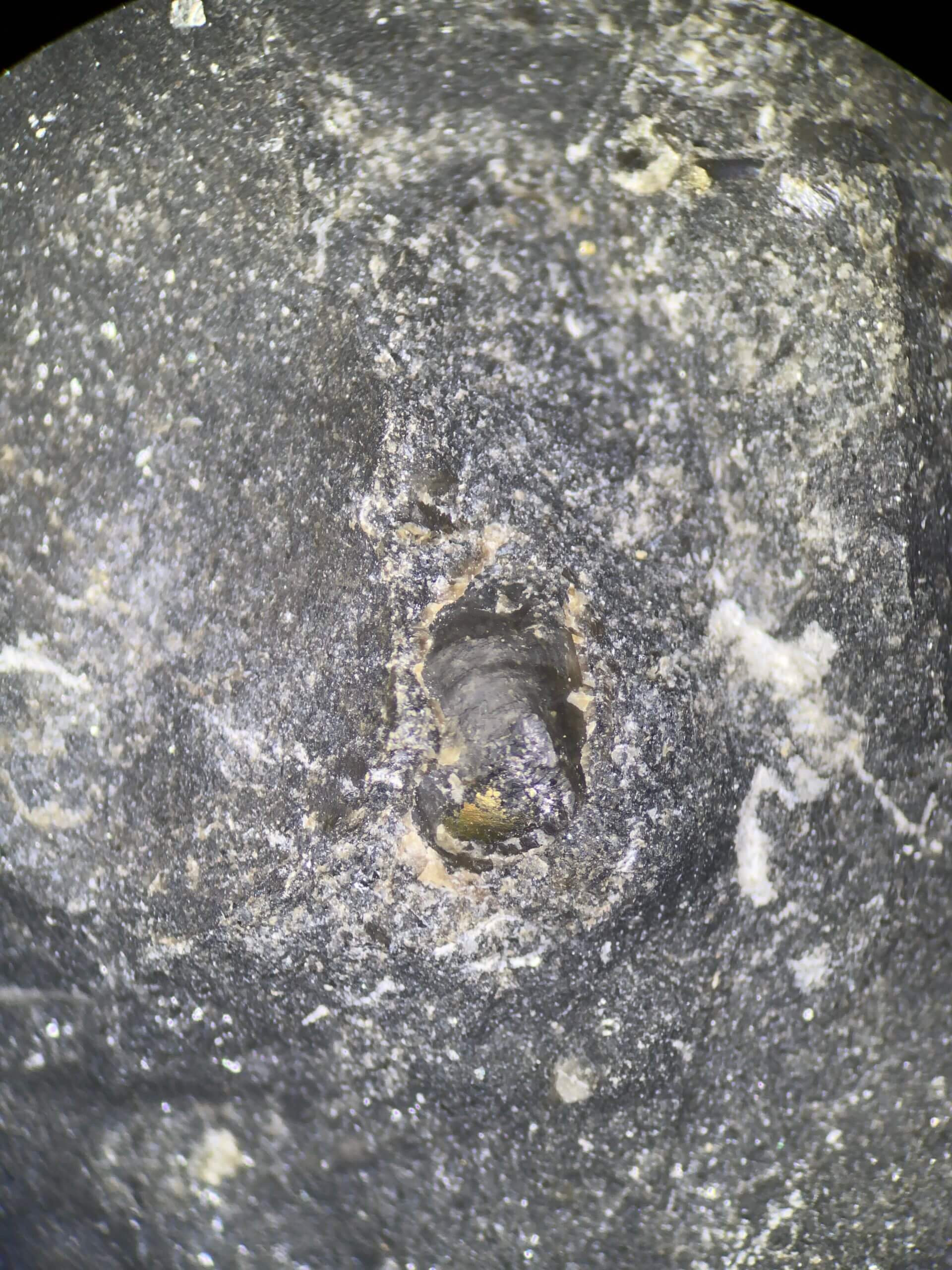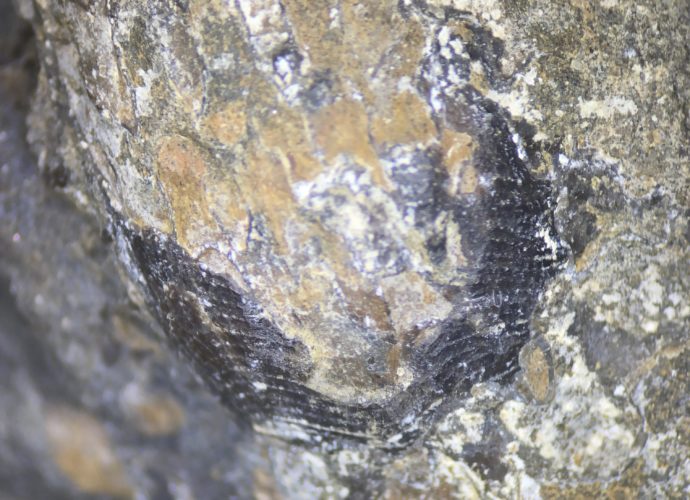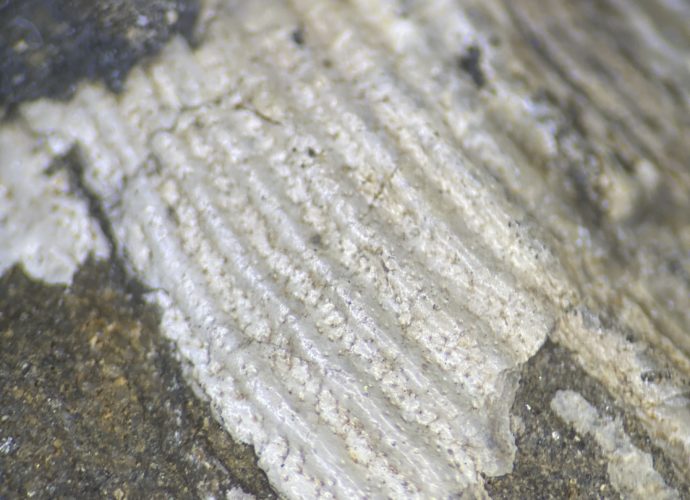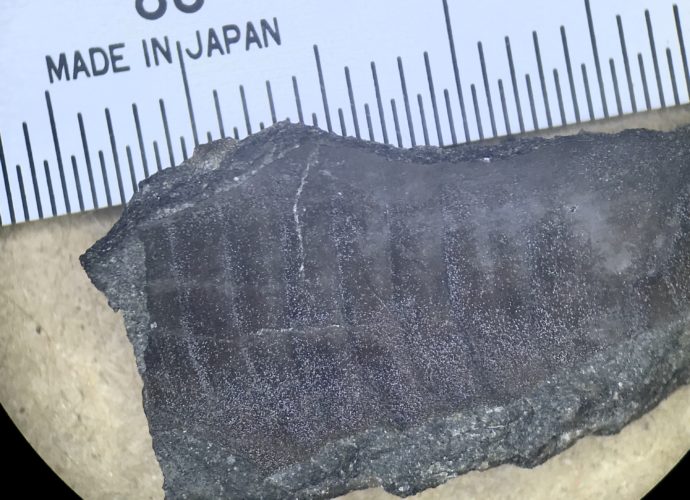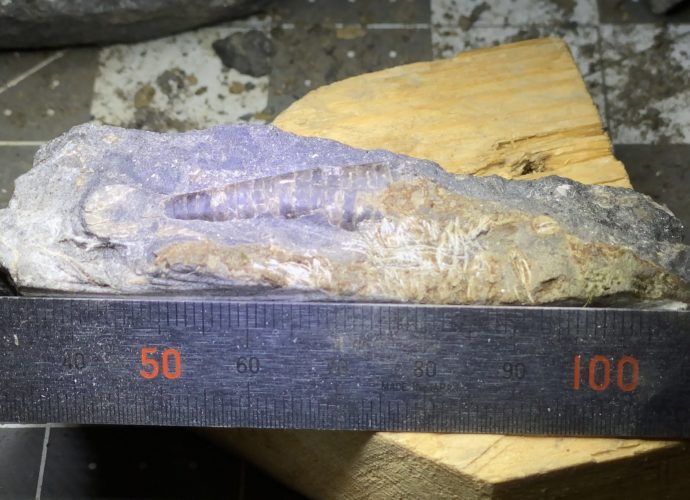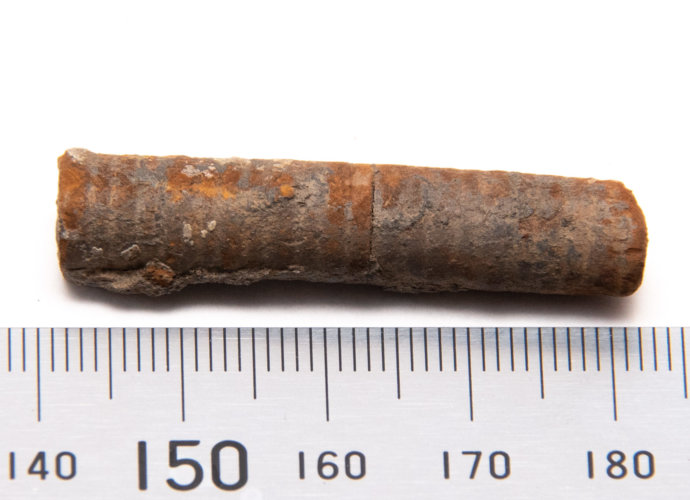Mystery Limestone Fossil
It is a fossil something, but I am not sure what it is. I’ve stumped the few people I have shown so far. It has the familiar look of Calamites, but does not have the nodes. It was also embedded within limestone, which I do not find any plant fossilsRead More →



